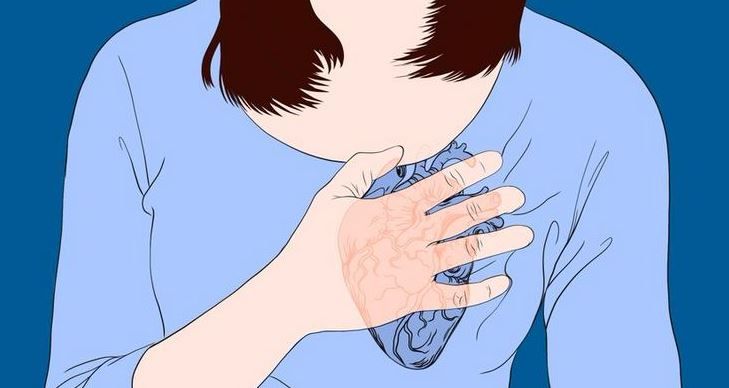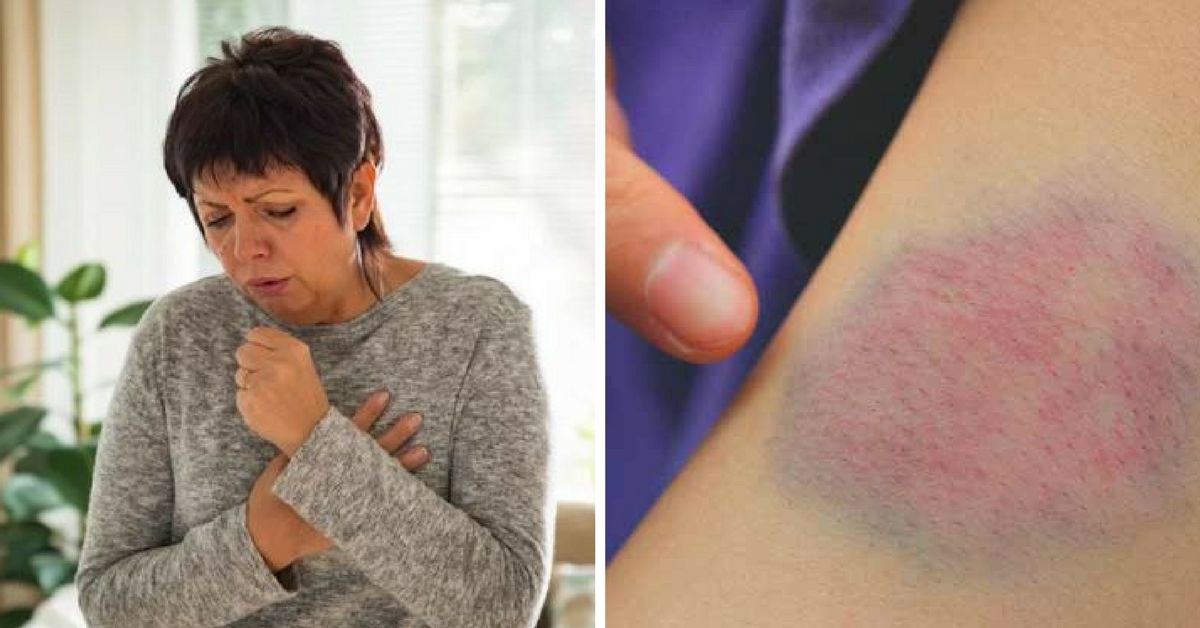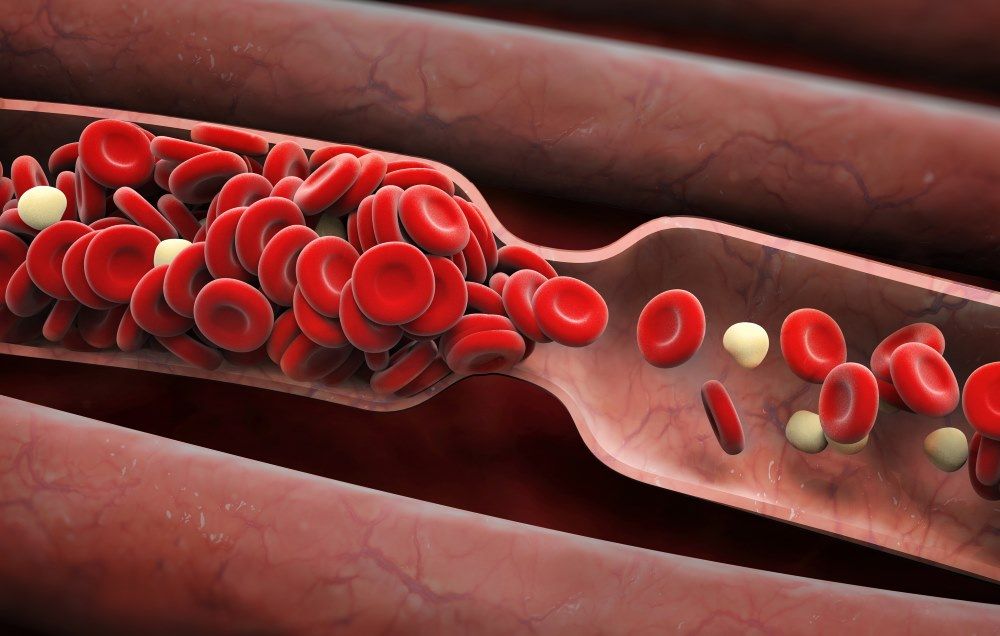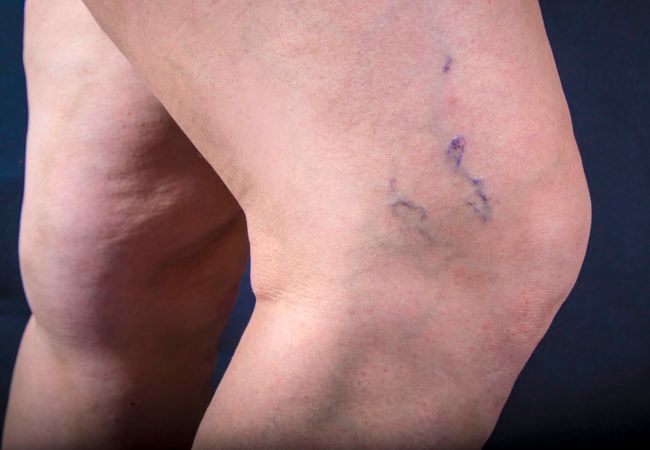While it's easy to say that you hate blood clots, you shouldn't. If our blood didn't clot up, a small cut on our skin would kill us.
But when these clots form deeper in our bodies, it can be lethal. This is called deep vein thrombosis, which usually occurs in our legs.
These blood clots form when we remain immobile for long periods of time, have undergone a surgery, have lower leg trauma, or because of obesity.
The reason why it's so important to know the signs of a dangerous blood clot is because it can easily be misdiagnosed for something else.
Not too long ago, a story broke out about a man who was diagnosed with anxiety and low blood pressure and was sent home to return the next morning for another check up.
Unfortunately, he couldn't make it the next morning. He died on the way to back to the hospital that misdiagnosed him.
An inquest discovered that the 42-year-old man died because doctors failed to identify that his dizziness and shortness of breath was caused by a blood clot.
Fortuntely, blood clots can be easily treated, but only if you're diagnosed before it's too late.
Here are 10 ways to identify a blood clot. The last five are the ones you really need to take note of.
1. Foot And Leg Pain
Your body feels pain for a good reason. A blood clot will restrict blood from flowing in your veins, which means there's not enough oxygen being carried around in your body.
If you're not gasping for air, your tissue is, and that's why you'll experience foot or leg pain.
2. Redness / Swelling
If you notice redness and swelling on one of your limbs, this is a clear sign of a blood clot forming.
If the blood clot is in your leg, which is usually the area that a clot forms, you might feel tenderness in both legs.
3. Bulging Veins
A blood clot will show itself by putting pressure on the surrounding veins, causing them to bulge, and sometimes even rupture. In that case, you'll notice bruising.
While you shouldn't be worried about every bruise you get on your body, just be aware that it doesn't accompany any of these other symptoms of a dangerous blood clot.
4. Skin Discoloration
If any part of your leg starts to turn red, and remains that way, then you may have a blood clot.
If other parts of your leg, like your foot, become pale and feel cold to the touch, it's a sign that there's a lack of blood flow and blood is jammed up somewhere in the upper part of your leg.
5. Warmth
If a certain area of your body feels extremely warm to the touch, especially your limbs, check for bruises.
Keep in mind that sometimes people don't show any symptoms of a dangerous blood clot if it hasn't reached a stage to make your body start to panic immediately. A warm limb, however, may be one of the first indications.
Here are the more unusual signs of a blood clot that you need to be aware of. Most people aren't aware of these symptoms, and that ignorance has proved to be fatal.
6. Dizziness and shortness of breath
It's easy to get misdiagnosed when you complain to your doctor of dizziness and shortness of breath. Like in the story in the introduction of his article, the man was misdiagnosed with anxiety, when he actually was suffering from a dangerous blood clot.
Blood clots that find themselves in your lungs restrict oxygen flow, making your heart beat faster, causing you to gasp for air.
7. Fever
Once the blood clot goes into the blood stream, you might feel a slight elevation in body temperature, accompanied by sweating or shivering.
A dangerous blood clot can also show itself as a sudden cold. The thing is, a cold doesn't happen quite so suddenly, so if you're feeling under the weather out of nowhere, inspect your legs for more common signs of a blood clot.
8. Chest Pain

Chest pain can be attributed to many reasons, and can definitely scare the heck out of you. While your first thought may be a heart attack, keep in mind that pain stemming from a heart attack usually affects other muscles, like your arms, shoulders, and neck.
If the pain is very sharp in your chest, and you feel worse when you breathe, it's more likely that you're suffering from a blood clot.
9. Fatigue
Anytime there's something making your body work overtime, you're going to feel fatigued or weak.
But if that sense of tiredness hits you suddenly, check to see if you have any of the more common signs of a blood clot.
10. Random Coughing
A dry hacking cough that appears out of nowhere and makes you feel like your lungs are about to be expelled from your chest could be a sign of a blood clot. This is usually accompanied with feeling faint and trouble breathing.
If you're coughing up mucus or blood, you'll need to get to a hospital immediately.



